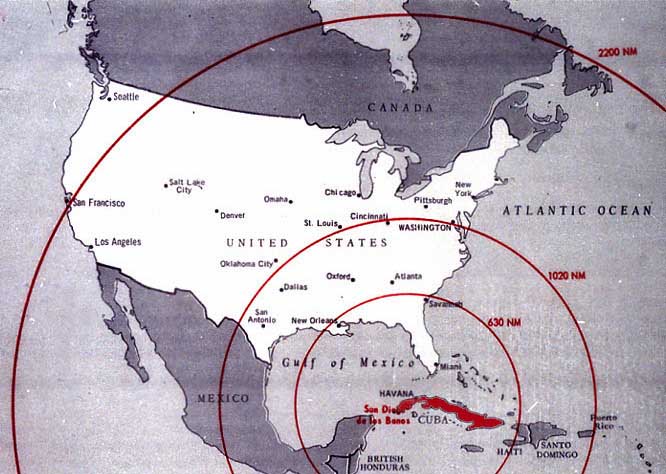December 20, 2009
It's been a while since my last update because I've been working on an improvement to the project which is only now to the point where I can report on it. The original version of "How It Works" talked in terms of viral growth, where each person who became involved spreads the word to others until we reach a tipping point and society as a whole gives the issue of nuclear weapons the respect it deserves. While that model is still central to my approach, a technique from business known as market segmentation promises to make it much more effective.
When a company has a great new product, but doesn't have the resources to market it to the world, it first targets a niche market. Only after achieving success there, does it tackle the larger market.
The ultimate market for our "product" -- nuclear sanity -- is the entire world, but even getting America on board is a daunting task. Emulating effective companies and starting with a niche market therefore makes a lot of sense. For reasons explained on a new section of our web site, I will be focusing on Stanford's student body as my target market. I'll still provide updates to this group, but the frequency will be lower than before.
That new section of the web site lists a number of reasons why Stanford is an ideal market segment, but the most critical are its small size, its interconnectedness, and my connection to the university. If you are a member of another, interconnected, reasonably sized group (e.g., a church, a civic group, a company, a town or small city), I hope you will consider using the same ideas there that I will be trying at Stanford.
Risk analysis makes the possibility of a nuclear war more understandable by breaking that catastrophic failure into a sequence of smaller mistakes. (See links in RESOURCES below for details.) In the same way, the positive possibility of a world free from the nuclear threat can be better envisioned by breaking that goal into a sequence of smaller, positive steps. With this new modification to our approach, the first positive step would be to reach a tipping point within a subpopulation, such as Stanford's student body. Once the need for rethinking our approach to nuclear weapons is embedded within that group and becomes a topic of constant conversation and concern, that success could become a beacon of hope with the potential to light similar fires within other groups (e.g., other universities), ultimately spreading to the nation and the world.
A short message like this can only hint at what is needed and how the process might work, so I hope you'll check out the new web site section. Also, as this experiment unfolds, we are sure to learn much that can be used to improve the process.
Many cards this time of year wish for "Peace on earth, Goodwill to all." By applying ourselves -- and by borrowing clever techniques from other areas such as business -- perhaps we can help make that more than just a wish.
Martin
================================
Martin Hellman
Member, National Academy of Engineering
Professor Emeritus of Electrical Engineering
Stanford University
HOW YOU CAN HELP: To create greater public awareness of this critical issue, please forward this email to friends who might be interested and encourage them to sign up for future updates via the JOIN US box at http://nuclearrisk.org/. Also, as suggested above, consider whether there is a group where you might be able to replicate the process I am using at Stanford.
RESOURCES:
For examples of small mistakes that can cause us to teeter on
the edge of the nuclear abyss, see sections 3 and 4 of my article
"Soaring, Cryptography and Nuclear Weapons."
Section 5 of that article similarly breaks down the positive possibility
into a sequence of small steps.
SUBSCRIPTIONS:
To send a comment, change your email address, or unsubscribe please
send me a message at ___ (address deleted from web version to avoid spam).
REPRODUCING THIS PAGE:
Permission is granted to reproduce this page in whole or in part.
A reference to http://nuclearrisk.org/email27.php would be appreciated,
or in print to NuclearRisk.org.



